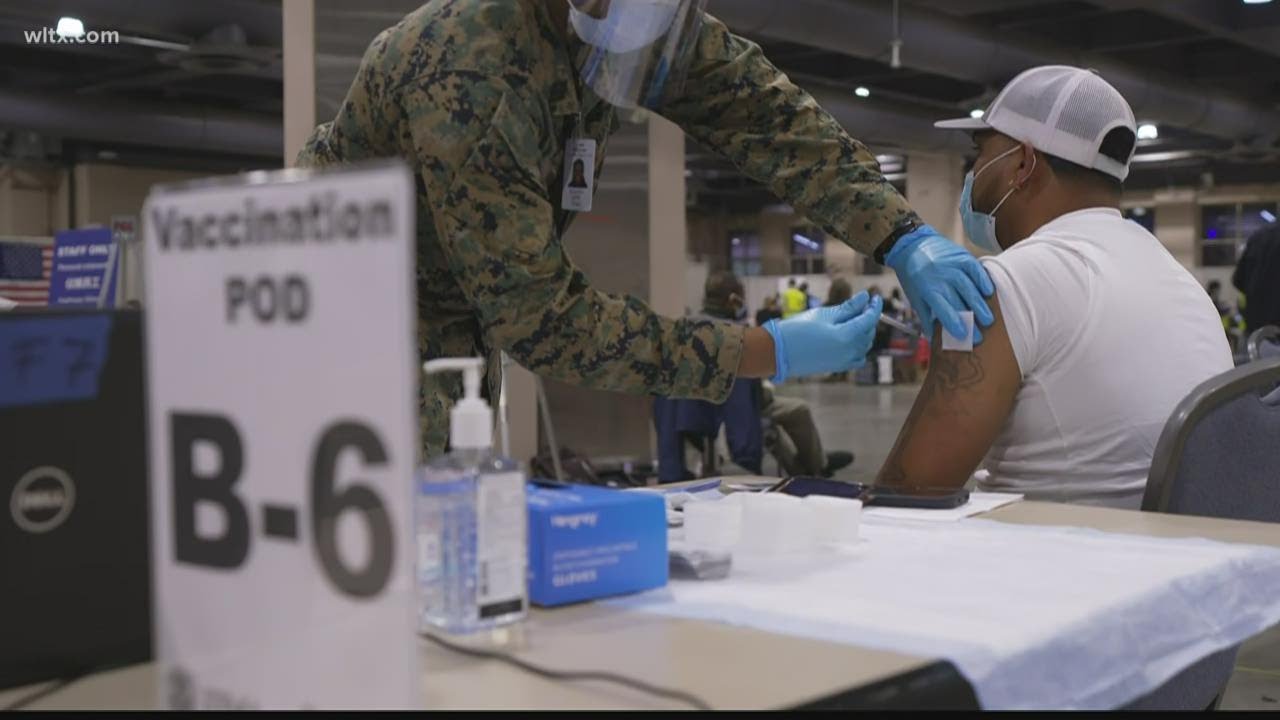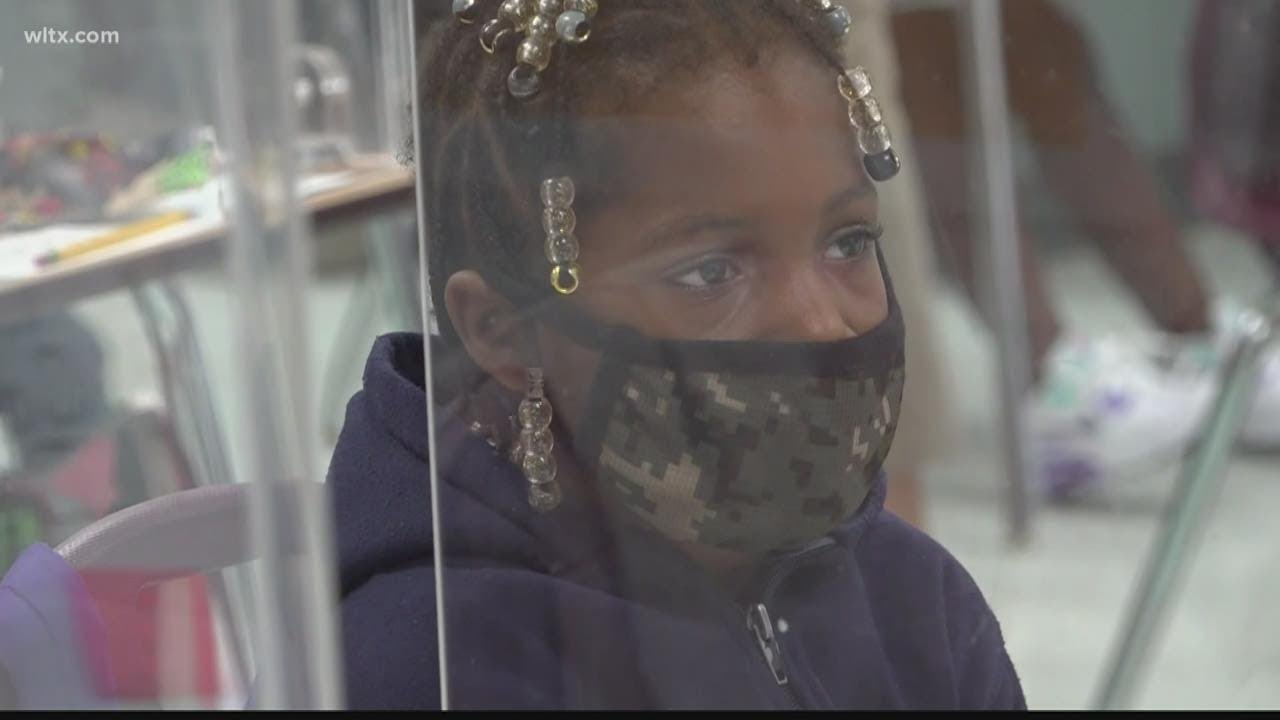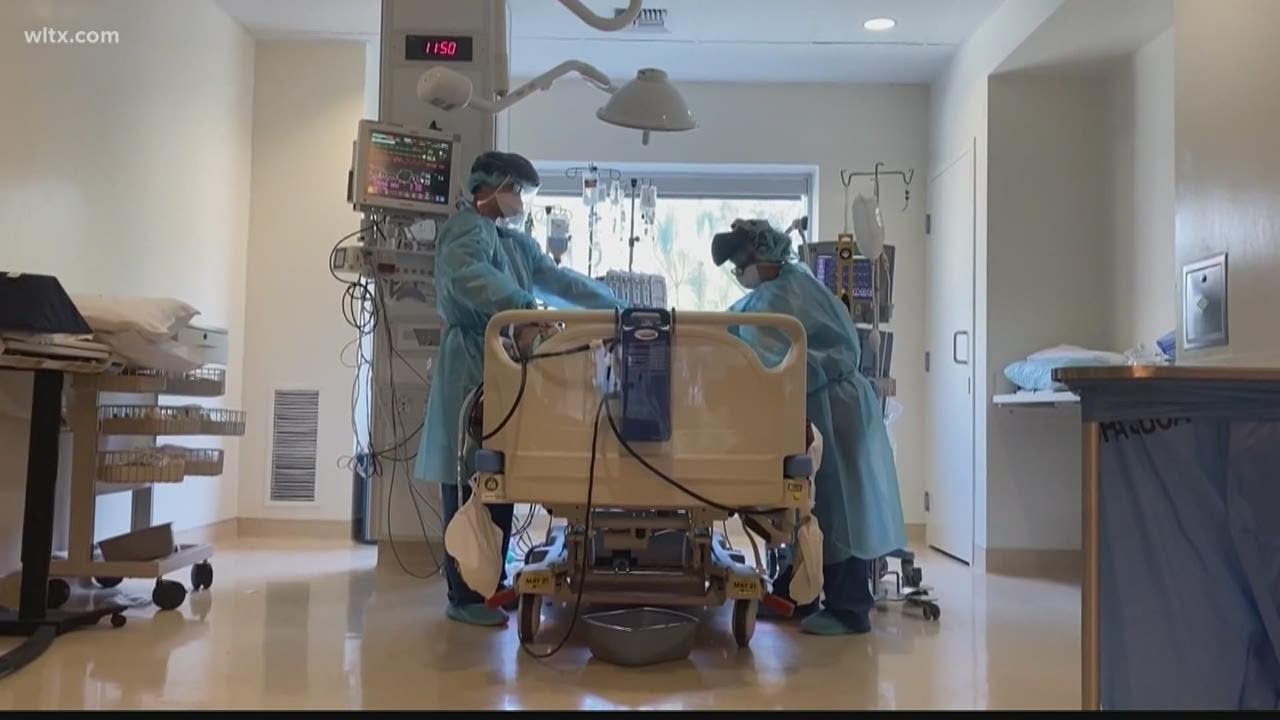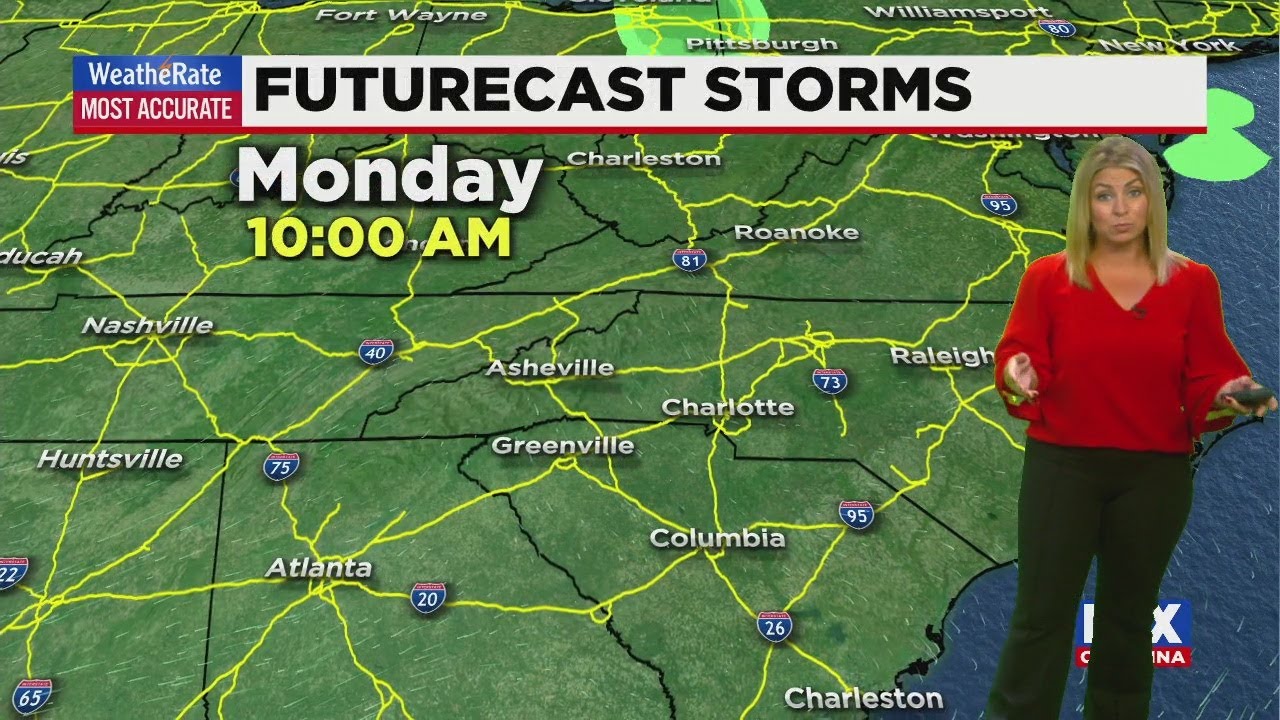With Democrats poised to expand their House majority this year, the two biggest things to watch on Election Night will be how many seats they flip and where they are.
The gains Democrats make will say a lot about how much partisanship is changing along geographic and educational divides — and how much the national environment, specifically President Donald Trump, may have accelerated those changes.
Democrats made historic gains in the 2018 midterms, flipping 40 seats with the help of massive fundraising and enthusiasm for sending a message to the White House and GOP-controlled Congress. At the time, that looked like a high-water mark. The current balance of power in the House is 232 Democrats to 197 Republicans with one Libertarian and five vacancies.
<a href=”https://www.cnn.com/election/2020/race-ratings/house” target=”_blank”>Interactive: 2020 House race ratings</a>
The trends that fueled those Democratic pickups two years ago have only intensified since then. With Trump on the ballot this year, his unpopularity among well-educated and affluent voters is expected to further sink down-ballot Republicans, even in places that voted for him four years ago.
And it’s no longer just wealthy metropolitan areas that are in play for Democrats. The party has made inroads in some unexpected places, while also holding off strong challengers or remaining competitive in rural districts that voted for the President by double digits four years ago and may back him again this year.
Republicans need a net gain of 17 seats to flip the chamber — a tall order in any year. But that task became more of a challenge as the pandemic, and Trump’s handling of it, dominated the election. <a href=”https://insideelections.com/” target=”_blank”>Inside Elections with Nathan L. Gonzales</a>, a CNN contributor, now projects Democrats will win a net gain of between 14 and 20 seats this year.
Democrats are still facing real fights to hold some of their seats — especially in places like New York’s Staten Island, New Mexico, Oklahoma, Utah and Minnesota, primarily places with a high concentration of White, working class voters. But the party pivoted to being increasingly on offense over the course of the cycle.
Here are five things to watch to see if Democrats are able to expand their majority and where.
Will the suburban slide continue?
Many of the gains Democrats made in 2018 were in the suburbs, where well-educated voters took their dislike of the President out on down-ballot Republicans. If Democrats are going to pick up more seats this year, the suburban areas, especially those that are likely to reject Trump, are the low-hanging fruit.
Indiana’s 5th District: Trump won this suburban Indianapolis district by nearly 12 points in 2016. Back then, it wasn’t even on Democrats’ radar. But now, it’s a key example of the kinds of places Democrats are going after to capitalize on well-educated voters, some of whom are younger and moving out of the city, rejecting Trump. They’re now seriously contesting the open seat, with Inside Elections rating it Tilt Democratic. Democrat Christina Hale has outraised Republican Victoria Spartz, who’s widely regarded as further to the right than retiring Rep. Susan Brooks.
Once-red suburbs to watch: In Arkansas, three-term GOP Rep. French Hill is in a competitive fight for his seat in the Little Rock suburbs. Missouri Rep. Ann Wagner is also embattled in the St. Louis suburbs. In Nebraska’s 2nd District — which is also important at the presidential level because the state splits its electoral votes — GOP Rep. Don Bacon is in a rematch that is much more competitive than two years ago. And in Ohio, GOP Rep. Steve Chabot is hoping to avoid repeating his fortunes in 2008, when the national environment swept him out of the House.
Democrats on offense across the Sun Belt
Democrats are also targeting longtime GOP-held seats across the Sun Belt, often in suburban areas. There’s no better example of that than outside of Atlanta, where demographic shifts are also making the presidential race and two Senate contests competitive.
Georgia: Democrats are now favored to hold the 6th District, which two years ago was a bellwether for how good a night the party was going to have. (Democratic Rep. Lucy McBath flipped the district and is now favored to win her rematch.) Democrats are trying to pick up the open 7th District in the diversifying northeast suburbs of Atlanta, which was home to the closest House race in the country in 2018 and tops <a href=”https://www.cnn.com/2020/10/20/politics/election-2020-house-race-rankings-two-weeks/index.html” target=”_blank”>CNN’s ranking of the seats most likely to flip</a>.
Texas: After flipping two seats there in 2018, the Democratic Congressional Campaign Committee has called the Lone Star State “ground zero” in its efforts to expand the majority this year. The 24th District, an open seat in the suburbs north of Dallas and Fort Worth, is among the seats most likely to flip. Trump won the district by about 6 points, but the national environment this year could boost Democrat Candace Valenzuela, who would be the first Afro Latina in Congress. The 22nd District, which encompasses suburbs south of Houston, is slightly tougher for Democrats (Inside Elections rates it a Toss-up), but it’s an open seat where the Republican has struggled to raise money and the national environment could boost the Democrat.
Arizona: GOP Rep. David Schweikert didn’t do himself any favors when he admitted to 11 ethics violations, earning an official reprimand from the House. But given how the wealthy suburbs of Phoenix have soured on the President, he’d likely be facing a tough race regardless in the 6th District. Democrat Hiral Tipirneni, an emergency room doctor, has outraised him and should benefit from the strength of Biden and Democratic Senate candidate Mark Kelly.
Democrats also need to protect their majority
It’s not all about expansion. If Democrats are going to grow their majority, they also have to protect their incumbents, 30 of whom are sitting in districts Trump won four years ago. Among the most vulnerable Democrats are the freshmen who flipped Trump districts in 2018 in a sign of a blue wave. And although some — like Maine’s Jared Golden or Michigan’s Elissa Slotkin — are now in Solid Democratic races, several of their colleagues are still in competitive match-ups.
Vulnerable Democrats: Democratic Rep. Xochitl Torres Small is in a tight rematch for New Mexico’s rural 2nd District, which doesn’t look like most of the places where Democrats made gains in 2018. Republicans are also hoping to take back Utah’s 4th District, which Democrat Rep. Ben McAdams flipped two years ago. Democratic Rep. Kendra Horn, whose upset victory in Oklahoma’s 5th District was the biggest surprise of 2018, is fighting to hold onto an Oklahoma City-area city that, if she and Biden win it, will say a lot about the growing strength of Democrats in increasingly suburban areas. Democrats are also hoping changing demographics in the Charleston area will help them hold onto South Carolina’s 1st District, which Democrat Joe Cunningham flipped in 2018.
Does the law-and-order message work? Republicans think it’s a particularly resonant message in New York’s 11th District. Democratic Rep. Max Rose’s race will be a test of how powerful that messaging is, especially in a Staten Island district that’s home to first-responders.
Will a powerful chairman lose? Minnesota Rep. Collin Peterson is the Democrat who represents the district Trump won by the largest margin in 2016. The chairman of the Agriculture Committee is known as an ideological outlier in his party (he voted against impeachment and opposes abortion rights). After close races against underfunded challengers, he’s now facing his strongest challenge in years.
Can they pick up the four remaining GOP-held seats Clinton won in 2016?
Entering the 2018 midterms there were 23 districts held by Republicans that Hillary Clinton carried in 2016. Now just four remain — including the 25th District in California, which Democrats flipped two years ago but then swung back to Republicans in a special election earlier this year after Rep. Katie Hill resigned amid allegations of improper relationships with staffers.
First-term GOP Rep. Mike Garcia is facing a rematch with Democrat Christy Smith. Garcia won the first round by 10 points, but Inside Elections rates it a Toss-up, with presidential-level turnout possibly giving Smith a boost in a district Clinton carried by 7 points four years ago.
Another Texas target: One of the best Democratic pickup opportunities is in Texas’ 23rd District, which tilts in the party’s favor, with Gina Ortiz Jones running against Republican Tony Gonzales. Jones, a former Air Force intelligence officer, narrowly lost to retiring GOP Rep. Will Hurd two years ago in a district Clinton won by more than three points. Gonzales does not have the same moderate profile as Hurd. But unlike other Democratic targets, this sprawling district is largely rural — stretching across much of the west Texas border, from San Antonio to El Paso.
How long are Biden’s coattails?: In another rematch — this one from 2016 — GOP Rep. John Katko faces Democrat Dana Balter in New York’s 24th District, home to Syracuse. Katko won that race by more than five points two years ago. A strong Biden showing here could help lift Balter. Clinton only won the district by four points but Obama carried it by 17 points in 2012. Inside Elections rates this race as Tilt Republican.
The least endangered Republican of the four running in Clinton-won seats looks to be Rep. Brian Fitzpatrick, who survived a close race two years ago in this suburban Philadelphia district, home to Bucks County. He’s running against Democrat Christina Finello in a race that is currently rated Lean Republican by Inside Elections.
How to know if Democrats are having a very good night
Much like the Democratic victories in Oklahoma, Georgia and South Carolina pointed to a Democratic wave in 2018, there are several races to keep an eye on this year to see if the party is still riding those currents.
One district to watch is Virginia’s 5th District, featuring Democrat Cameron Webb and Republican Bob Good. This largely rural Virginia district, which includes the University of Virginia in Charlottesville, backed Trump by 11 points in 2016. Two years later, Republican Denver Riggleman carried the district by about 6 points. The first-term lawmaker lost to Good in a GOP convention earlier this year — and divisions within the party remain.
Good, who has aligned himself with the President, should be the favorite in such a GOP-leaning district. But Webb, a physician who would be the first Black doctor to be a voting member of Congress, has turned the contest into a Toss-up, campaigning with a heavy focus on health care and the coronavirus pandemic.
Another race that might signal a big night for Democrats is Pennsylvania’s 10th District, where GOP Rep. Scott Perry is running against Eugene DePasquale in the Harrisburg-area seat that became more favorable to Democrats under the 2018 redistricting in the Keystone State.
Redistricting also has improved Democratic prospects in North Carolina’s 8th District, which features GOP Rep. Richard Hudson and Pat Timmons-Goodson, a former North Carolina Supreme Court justice. This is seen as the most competitive House contest in the Tar Heel State, which is also key in the presidential race and battle for control of the US Senate.











